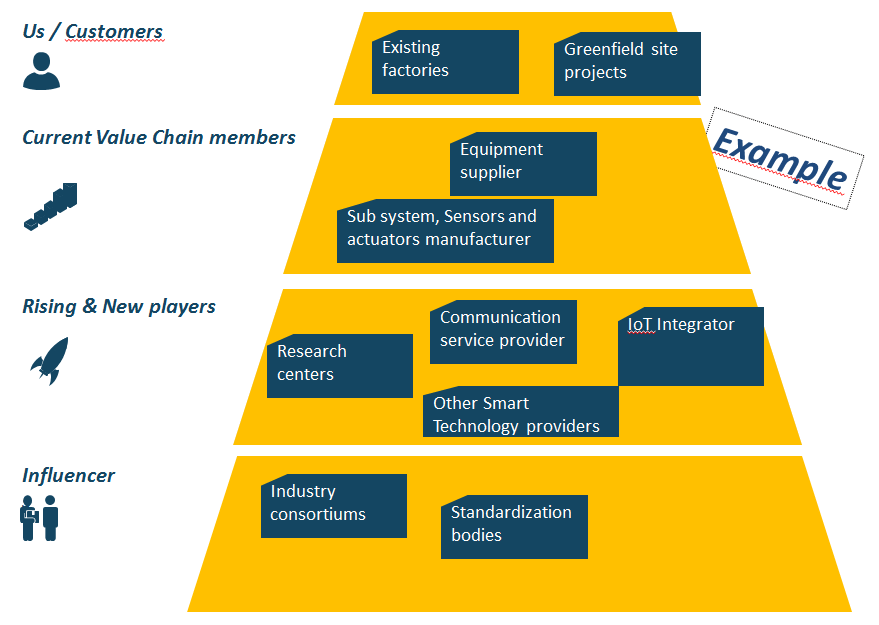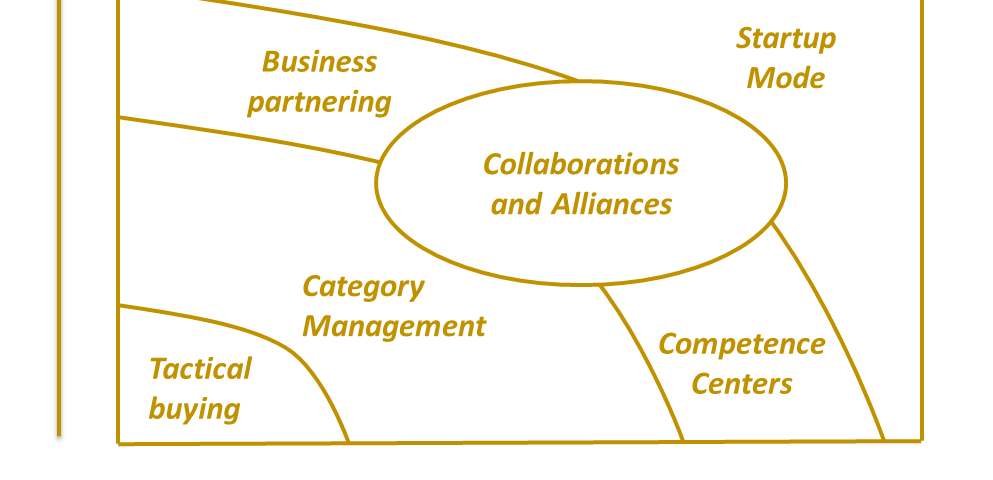Mapping and Strategising across Business Ecosystems
By Hervé Legenvre, PhD EIPM
My latest article on Mapping Business Ecosystems, co-authored with Isabelle Herbet from Groupe SEB, has been published in The European Business Review.
I would like to take this opportunity to thank all the Executive MBA students from the past years. They provided the questions, challenge, inspiration and ideas that helped me to put this methodology together.
The article published starts by outlining why we need to map and strategize across Business Ecosystems:
“With the ongoing transformation of the business landscape, many industry boundaries have drifted, blurred and changed. New players emerge while other business activities are unbundled. Value chains are continuously sliced and reshaped. Radical innovation and experimentation are led by communities of small disruptive players while cost competitiveness has to be built on the back of existing and emerging champions that leverage scale effect. In between, collaborations with integrators and technology leaders can remain essential to succeed. In this context, thinking in terms of industry and value chains can be misleading; the business landscape is best described as a continuously changing ecosystem where some relationships and collaboration need to be abandoned while others need to be strengthened, initiated or nourished”
Then we share a methodology to perform a Business Ecosystem analysis in 6 steps, summarised underneath:
1-Define the scope for the Ecosystem analysis
This can be a specific business unit, market segments, or supply market. It is important to clearly define What is in? What is out?
2-List key trends that will shape the future of the Ecosystem
Looking at trends before mapping ecosystems is very valuable. It helps to anticipate forthcoming transformations. It ensures that important future players, not yet on the Radar, are identified.
3-Identify Ecosystem players
Existing partners, suppliers or distributors are easy to identify and the trends can help identify players that are taking a rising or potential role in the ecosystem.
4-Map the Business Ecosystem
Now it is time to map the ecosystem:

5-Analyse the dynamic that will drive change across the Ecosystem
To analyse the potential evolution and the dynamic of the ecosystem it is important to look at who competes with whom and who collaborates with whom today and also tomorrow.
6-Develop the next steps
Key actions can be classified in three broad areas:
- Where do we need to scout for Innovation?
- With whom should we have early exchange of information?
- With whom should we develop or re-inforce collaborations?
To find out more about this methodology, feel free to join our webinar Mapping Business Ecosystems – A key to Innovation, on the 28th June 2017.
We also offer a number of courses that feature this innovative approach so feel free to contact us on that matter.
Share this:
- Click to print (Opens in new window)
- Click to share on Facebook (Opens in new window)
- Click to share on LinkedIn (Opens in new window)
- Click to share on Twitter (Opens in new window)
- Click to share on Google+ (Opens in new window)
- Click to share on Pinterest (Opens in new window)
- Click to share on Skype (Opens in new window)
- Click to share on WhatsApp (Opens in new window)





